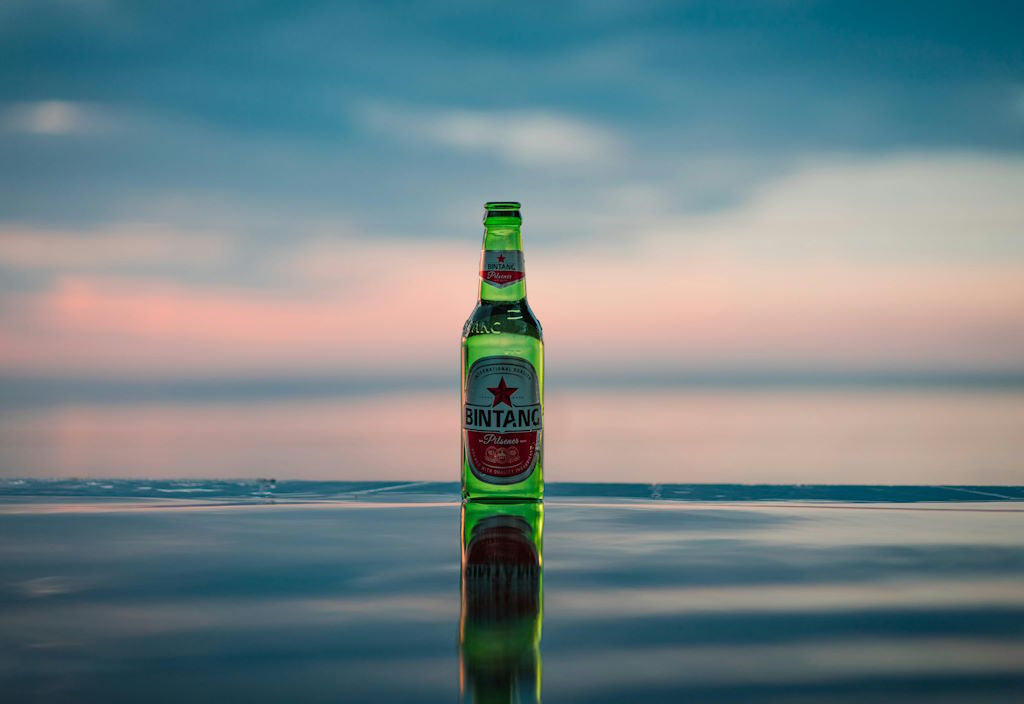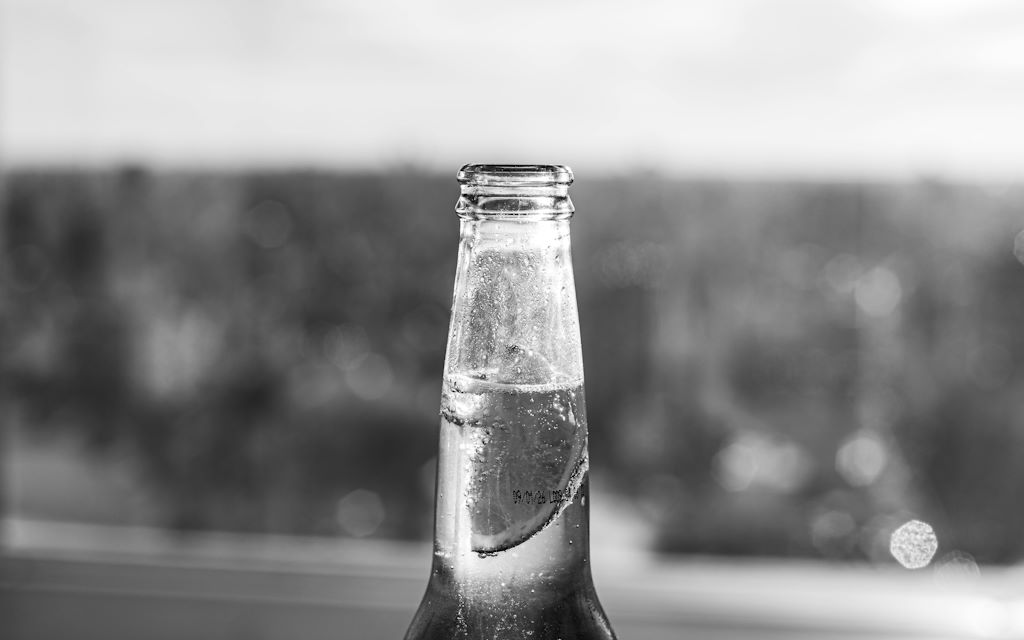Getting Packaging Right For Your Drinks Company: Six Things You Should Know
A large part of the appeal of a drink is its packaging. Having not tasted it before, a customer is relying almost entirely on the description on the label, the colouring, and the general vibe. If you're just starting out in the drinks business, it stands to reason that this is something you should think very carefully about.
Packaging is a bit of an art, and it can be difficult to know where to begin when you're trying to form your product into something your target market will love. In this article, you'll learn six things that'll transform the way you think about the concept and help get your drink in as many hands as possible.
 Image Credit: Pexels
Image Credit: Pexels1. Visualising Your Packaging on the Shelf
Start by putting yourself in your customer's shoes. If you were perusing the aisles in your local supermarket, or casting your eyes behind the bartender at the array of bottles on offer, what would be the deciding factor in the drink you choose?
The first stage is all about getting into your target market's headspace. Think about what sort of emotion you want the packaging to convey, and how the overall design reflects the type of person they are.
You'll also need to think about what you're doing to stand out amongst your competition, which encompasses size, shape, color, fonts, and so on.
2. Compliance and Safety Matters
Compliance and safety are elements you'll need to consider from the very beginning. What region you'll be selling your products in will determine what sort of information must be included on the label, but it's standard to have an ingredient list and nutritional information, alcohol content if relevant, batch codes, best-before dates, and allergen declarations.
Scrutinize your label designs to ensure every single feature you need is displayed, as failing to do so could result in heavy penalties.
3. Considering the Materials
Drinks packaging comes in a variety of materials, including glass, cartons, aluminum cans, and plastic. The type of drink usually determines the material, as the container will need to be approved as food-safe and contaminant-free. The manufacturer should have plenty of information available on their website regarding how their products are made and what's important (Glass Rock, for example, has a great blog section).
Be sure to do plenty of research into the type of beverage you're looking to store, and who makes the most viable containers for that specific sort of liquid.
4. Don't Forget About Sustainability
In today's day and age, sustainability is extremely important, and consumers care a lot about it.
From both an ethical and business perspective, you should do your best to ensure that your packaging can be recycled and that there are as few steps as possible in the manufacturing process.
Always be completely transparent about what's in your packaging and the efforts you've made to make sure you're protecting the environment. Your label will also need to contain relevant information on how your product should be disposed of when empty.
 Image credit: Pexels
Image credit: Pexels5. On Supply Chain Management
You'll need to think carefully about the functionality of your bottles to ensure an efficient supply chain. It's all well and good settling on what you feel is the perfect size and material, but is it compatible with your machinery? Does it promote efficient storage? Is it a scalable design?
You should be asking yourself each of these questions and more, because fundamentally, your packaging has to work for you – not just your customers.
6. Consider Consumer Experience Beyond the Shelf
This article has discussed the role the appearance of your packaging plays, but there are other important factors beyond that once the drink is in someone's hands.
Subtle things like how easy your beverage is to open and whether or not it pours in an appealing way are also important. Moreover, the consumer will appreciate any special features that you don't find on other drinks – perhaps you could provide a resealable lid for beer bottles, for example. Even elements like how a bottle or can feels in the hand are key.
Consider the entire drinking experience from start to finish, and think of ways you can improve things based on what else is on the market.
Wrapping Up
There's a lot that goes into creating the perfect drinks packaging, and hopefully, you've taken away something from this article that will make your products better. Remember: with drinks, it's all about the details. Put that extra bit of effort in, and you're sure to be onto a winner. Good luck!
839GYLCCC1992



Leave a Reply